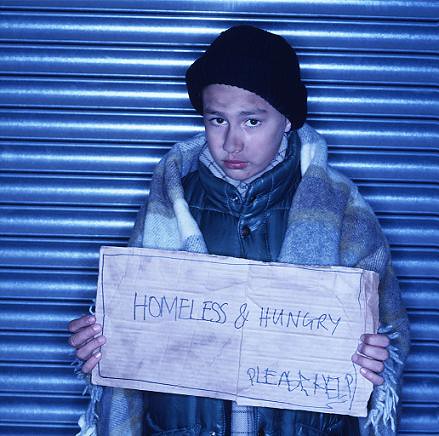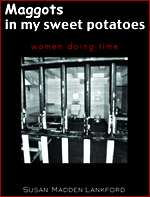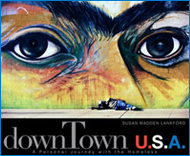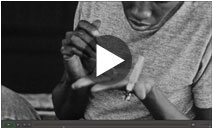 We are proud to announce a new Humane Exposures Hangout! On October 9 at 11 am PST / 1 pm CST / 2 pm EST we will be joined by several of the driving forces behind the National Juvenile Justice Network. We will be discussing the recent release of an amazing resource they have compiled: Advances in Juvenile Justice Reform: 2009-2011, a compendium of youth justice reforms from across the country. This is an elegantly crafted document that provides capsule summaries of the changes in juvenile justice organized by topic area, state, and year. It covers a broad array of significant new laws, administrative rule and practice changes, positive court decisions, and promising commissions and studies.
We are proud to announce a new Humane Exposures Hangout! On October 9 at 11 am PST / 1 pm CST / 2 pm EST we will be joined by several of the driving forces behind the National Juvenile Justice Network. We will be discussing the recent release of an amazing resource they have compiled: Advances in Juvenile Justice Reform: 2009-2011, a compendium of youth justice reforms from across the country. This is an elegantly crafted document that provides capsule summaries of the changes in juvenile justice organized by topic area, state, and year. It covers a broad array of significant new laws, administrative rule and practice changes, positive court decisions, and promising commissions and studies.
Abby Anderson is executive director of the Connecticut Juvenile Justice Alliance, an advocacy organization that consistently wins major victories for at-risk youth. She has served as co-chair of the Executive Committee of the National Juvenile Justice Network since 2007 and was formerly on the Executive Board of the Coalition for Juvenile Justice. In naming her to its prestigious “40 Under 40” list, Connecticut Magazine said: “She has reframed juvenile justice as a mainstream issue by stressing the savings achieved by getting timely services to kids before their behavior becomes a public-safety concern.”
Jim Moeser is the Deputy Director of the Wisconsin Council on Children & Families, a multi-issue state advocacy organization promoting the safety, health, and economic stability of Wisconsin’s children and families. Jim is currently a member of the Federal Advisory Committee on Juvenile Justice for OJJDP. He co-chairs the Executive Committee of the National Juvenile Justice Network.
Sarah Bryer, NJJN’s Director, has been working in the juvenile and criminal justice fields for more than twenty years. Prior to joining NJJN, she was the Director of Policy and Planning at the Center for Alternative Sentencing and Employment Services (CASES), an alternative-to-incarceration program serving more than 10,000 misdemeanor and felony-level, court-involved youth and adults per year. Before that, she was Manager of Youth Programs at the Center for Court Innovation and has been a victim-offender mediator for court-involved youth in California.
Benjamin Chambers has been writing professionally for over 20 years, and has over 10 years of experience in the field of juvenile justice. Between 2000 and 2007, he worked for the Multnomah County Department of Community Justice in Portland, Oregon, where he was involved in improving youth drug treatment and served on the management team. Between 2008 and 2011, he launched and edited the Reclaiming Futures blog and social media channels, which he built into premier venues for juvenile justice news and resources.
George “Loki” Williams Our own Humane Exposures blogger will be moderating the discussion. Loki has blogged for clients including the National Association of Broadcasters and Kaiser Permanente as well as the Webby Award-winning KatrinaMedia.com. He is one of the organizers of the Rising Tide Conference in New Orleans, and his work has been seen or written about in The New York Times, The BBC, The New Yorker’s New Orleans Journal, and NOLA.com, among others.
Tune in Tuesday on our Google+ Page! See you there!
Related articles
- Georgia looking at ways to reform juvenile justice system (onlineathens.com)
- A Roadmap to the Future of Juvenile Justice (newamericamedia.org)
- Juvenile Justice Leader Releases Interactive U.S. Data Map Revealing Racial Disparities by State (prweb.com)
- Youth Justice Awareness Month is Coming (humaneexposures.com)
- 12 Shocking Pictures Of Kids Behind Bars In America (businessinsider.com)



















